COVID-19 through the perspectives of Children and Youth
November 11, 2022Hiruni Jayaratne
Published on Daily Financial Times on 09th July 2020

“This is the greatest test that we have faced since the formation of the United Nations” (UN Secretary-General, United Nations)
A coronavirus was subsequently identified as the pathogen and was temporarily named the 2019 new coronavirus. The pandemic is moving like a wave-one that may yet crash on those least able to cope. This new virus and disease were unknown before the outbreak began in Wuhan, China in December 2019. According to the World Health Organization, this virus can be characterized as a pandemic and it originates in Wuhan as an epidemic and dramatically converted into a pandemic. This new virus spreads to every continent around the world except Antarctica.
Under the visionary and able leadership of the President of Sri Lanka, government was meaningful in controlling this pandemic successfully. Active involvement of health and defence professionals while adapting strategies resulted to mortality rates being considerably lower than other countries.
Children and COVID-19
Children are the most precious assets of the country. They will be tomorrow‟s youth and future leaders. They were high risk and became victims of this pandemic. This is a universal crisis for all children and the impact will be lifelong. All children, of all ages and in all countries are being affected, both directly and indirectly. However mortality rates of children and youth due to this virus were considerably low but they faced many issues during this pandemic.
According to UN Secretary-General three specific dimensions of children are most likely to be negatively and positively impacted by COVID-19.
Advantages
This pandemic has hit on children‟s lives indirectly and it has massively disrupted educational pathways for children. Education must be a top priority in society. But due to this pandemic, access to education has become much harder to process, but critically important to ensure no child losses the opportunity to fulfill their potentials. Ministry of Education started online- learning programmes for schools since three months and as a result –the traditional way of learning tutorials and teaching sessions have been converted to an alternative learning method. Some are debating that a relatively brief period out of school may have a, lasting negative impact on children. The more serious concern is that when schools close for such a long period, many children will begin to forget what they already know. But through the online sessions children tend to be more independent and self-learning than before. As a result of this new lifestyle, children are more creative and innovative. Here are some examples of new creations by children around the world.
Children draw silly faces on empty egg shells, fill them with soggy cotton wool balls and add the cress seeds.
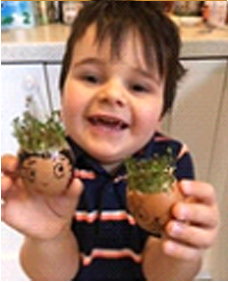
Figure 1-Otis with his cress heads (Image: Manchester Evening News)
Children used boxes, bottles, tubes, or whatever that is found to suit their imagination at home and to make their very own robot.

Figure 2-Ronnie with his robot Silver EFox (Image: Manchester Evening News)
Milk bottle elephants by recycled plastic milk bottles.
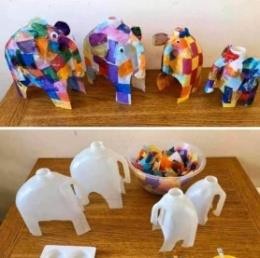
Figure 3-(Image: Manchester Evening News)
During this period the parental care has been more than ever before and they act as teachers as well. Love and affection from parents are considered important during this pandemic. Children are now adapting to this new life and engaging with the self-exercising, planting, painting, singing, cooking and other curricular activities during their leisure. A new TV channel aimed for school children has been initiated and this could be a safe way for opening fulltime education in the future.
Disadvantages
These E-learning facilities were only affordable to the children of selected segment and children of poor families were severely affected due to the lack of internet facilities. Long term school closures, economic distress, and poverty are likely to force some children to drop out from schools and liable to fall into child labor or child pornography. There are reported instances where child abuse and all kinds of domestic abuse are dramatically increased throughout the pandemic. Under the shadow of COVID-19 children‟s online screen time skyrocketed. Children are spending more time on the internet and it provides valuable opportunities to learn, play and socialize with friends but also it increases the risk of being exposed to online predators that seek to abuse children. Growing digitalization magnifies children‟s vulnerability to harm.

Figure 4 – Global monitoring of school closures caused by COVID-19, Source: UNESCO
From their academic success to their social skills, nutrition, and mental health, the pandemic is a crisis for every child. This global health crisis has affected not only the education but also their meals. According to the (WFP) 2“Many children were fed by their schools, during this period and they were more vulnerable and suffered from malnutrition and other diseases”
According to the Regional Director of Southern Africa, “2.8 million children in South Africa are no longer receiving these vital school meals”. Simultaneously, this has led to increase in other diseases for children due to this pandemic. But the World Food Programme together with UNICEF3 and WHO4 is working on delivering formal educational materials and meals directly to those children who are affected.
During these lockdown periods, parents are also suffering from a loss of control, anxiety, and depression due to losing their jobs and running into financial difficulties. Though they are supposed to work from home, children could be isolated and felt neglected. These can directly impact on children‟s mental and psychological health.
Youth and COVID-19
Youth are an asset and building blocks of a country. Their intelligence and energetic work will take the country on a pathway to success. Young generations are researchers, activists, innovators, and communicators. Voices of the youth can help decision-makers to ensure the safety and Sovereign of the country. Young people are the other group of victims that impacts by this pandemic. But young inventors took this as a challenge and they introduced new thoughts and experiments to the country. Private sector and the government partnering with young people to launch new projects to support their communities is one example. Young people act as torchbearers of the sustainable development of the country. The young generation normally working tomitigate and address the impacts of this pandemic and they are organizing some campaigns to raise awareness and supporting others and saving lives through safeguarding human rights. They used to live in a normal life but now they adapt for a new normal life.
Youth innovations for an ongoing pandemic around the world
1. Hashim, who launched a mass literacy program in Francophone Africa called Arayaa, teamed up with a consortium of health-related content producers to organize a Tweet chat about how to keep safe against COVID-19
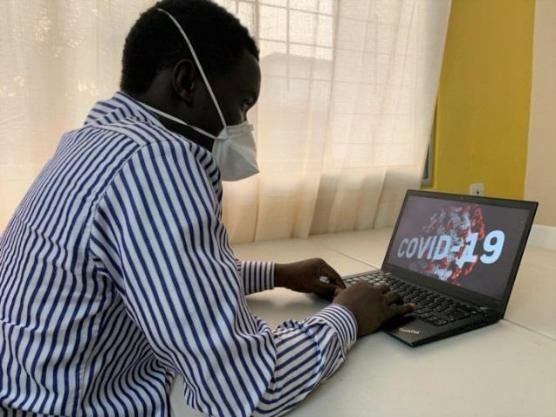
Figure 5- A graphic shared in Hashim's #AgirContreCOVID19 Twitter Chat to stop misinformation.
2. Microgreen kit producer Hamama is helping people grow green produce at home

Figure 6-(grow green produce at home- Microgreen kit producer -Hamama)
3. A solar-powered face mask developed by Budhdhi Nadeesha Thennakoon and the“Puzzle Innovations”

Figure 7- (covid-19-pandemic-an-ideal-opportunity-for-innovation)
4. Virus Testing Booth made by Sanjaya Sri Nawarathne and the team from Matale.
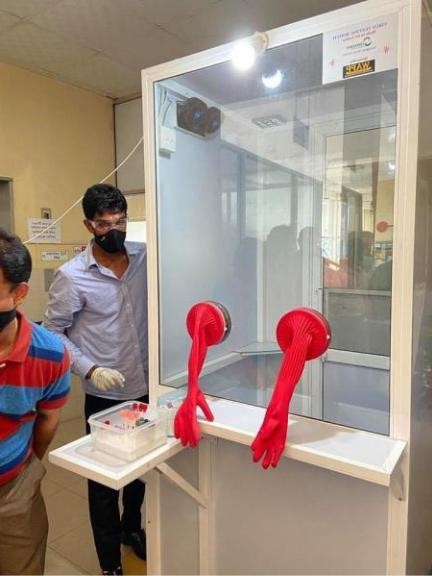
Figure 8- (covid-19-pandemic-an-ideal-opportunity-for-innovation)
5. A team of engineering students guided by Dr. Lilantha Samaranayake from the Department of Electrical and Electronic Engineering, Faculty of Engineering, University of Peradeniya restored a set of ventilators that were not at the working condition and handed them over to the ministry of health.
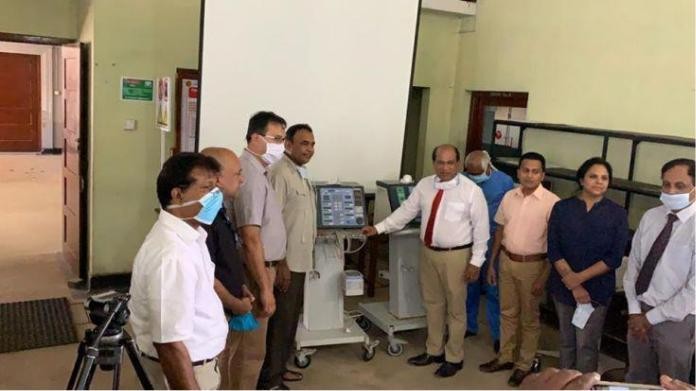
Figure 9-(covid-19-pandemic-an-ideal-opportunity-for-innovation)
This global health crisis impacts severely on children and youth but both groups adapt to this ongoing situation and they feel that this is a kind of a lesson to their lives to transform from normal life to a new normal life. While no one can say how long the crisis will last, „Going back‟ to the way we were before COVID-19 is not an option. New thinking will be required to adapt to the new normal life post-COVID-19. Covid-19 can be an opportunity to rethink important to give ourselves time to grieve what we have lost and once we have allowed grieving, there will be more space to start embracing our New Normal.
Here are some tips to adjust you to the new normal.
Allow yourself to grieve the “Old” Normal
Writing about your experience – be it your thoughts, feelings, what you‟ve done, anything-(Journal your experience)
Social distancing does not mean social disconnecting, In the new normal you can still connect with family and friends – (stay connected in different ways)
Give yourself a break
“We cannot re-write the chapters of history already past, but we can learn from them, evolve, and adapt. The new normal may even be a better normal, certainly a different normal” (Mark Pingle, founding director of MORExcellent)
Above youth innovations and creations by children mark a point on everyone to rebuild, rethink, and refresh. Priority should be given to both of these categories because they are the assets and future leaders of every country. Governments of every nation should take actions on the difficulties faced by children and ensure their safety and security not only during the pandemic period but also in the post-COVID-19. Immediate government measures are required to ensure that children and youth have access to good food, receive protection against abuse and neglect, have continued access to physical and mental health services, and safe surfing of the web. Policies also need to support parental employment since it is a key to fighting poverty.
Bibliography
Hiruni Jayaratne served as an Intern (Research) at the Institute of National Security Studies (INSS), the premier think tank on National Security established under the Ministry of Defence. The opinion expressed in this article are her own and not necessarily reflective of the INSS.
“Coronavirus Cases:” n.d. Worldometer. Accessed June 9, 2020.
https://www.worldometers.info/coronavirus/.
“Coronavirus Disease (COVID-19) Pandemic UNFPA Global Response Plan (June 2020
Update).” UNFPA Asiapacific, June 9, 2020.https://asiapacific.unfpa.org/en/publications/coronavirus-disease-covid-19-pandemic-
unfpa-global-response-plan-june-2020-update.
“Coronavirus Disease (COVID-19) in the Philippines.” n.d. World Health Organization. World Health Organization. Accessed June 9, 2020. https://www.who.int/philippines/emergencies/covid-19-in-the-philippines.
Replication-Receiver. 2020. “COVID-19 Pandemic.” UNDP. UNDP. June 8, 2020. https://www.latinamerica.undp.org/content/rblac/en/home/coronavirus.html.
Carey, Tanith, and Eileen Kennedy-Moore. 2019. Whats My Child Thinking?: Practical Child Psychology for Modern Parents. NY, NY: DK
“How COVID-19 Affects the World's Children.” 2020. Unfoundation.org. June 8, 2020. https://unfoundation.org/blog/post/how-covid-19-affects-worlds-children/.
“Protecting and Mobilizing Youth in COVID-19 Responses United Nations For Youth For Youth.” n.d. United Nations. United Nations. Accessed June 9, 2020. https://www.un.org/development/desa/youth/news/2020/05/covid-19/.
ReliefWeb. 2020. How Does COVID-19 Affect Children? A Child Psychologist Weighs In. - World. [online] Available at: <https://reliefweb.int/report/world/how-does-covid-19-affect- children-child-psychologist-weighs>[Accessed 8 June 2020].
“Keeping Children Safe Online during the COVID-19 Pandemic.” n.d. UNICEF Lao People's Democratic Republic. Accessed June 9, 2020.https://www.unicef.org/laos/stories/keeping- children-safe-online-during-covid-19-pandemic.
Unicef.org. 2020. Keeping The World‟S Children Learning Through COVID-19. [online] Available at:<https://www.unicef.org/coronavirus/keeping-worlds-children-learning-through- covid-19>[Accessed 8 June 2020].
Daniels, Rory. n.d. “Here's What Matters Most to Young People during the Pandemic.” World Economic Forum. Accessed June 9, 2020. https://www.weforum.org/agenda/2020/06/minutes- and-months-young-people-covid-19/.
Kumara, Sisira. 2020. “COVID-19 Pandemic, an Ideal Opportunity for Innovation?” The Sri Lankan Scientist. May 5, 2020.http://scientist.lk/2020/05/05/covid-19-pandemic-an-ideal- opportunity-for-innovation/.
https://www.cnbc.com/2020/04/15/hot-spots-of-innovation-as-a-result-of-coronavirus- pandemic.html
https://www.manchestereveningnews.co.uk/whats-on/family-kids-news/50-fun-kids-activities- home-17975046/ heskillcollective.com/blog/coronavirus-new-normal
-The Ministry of Defence bears no responsibility for the ideas and views expressed by the contributors to the Opinion section of this web site -